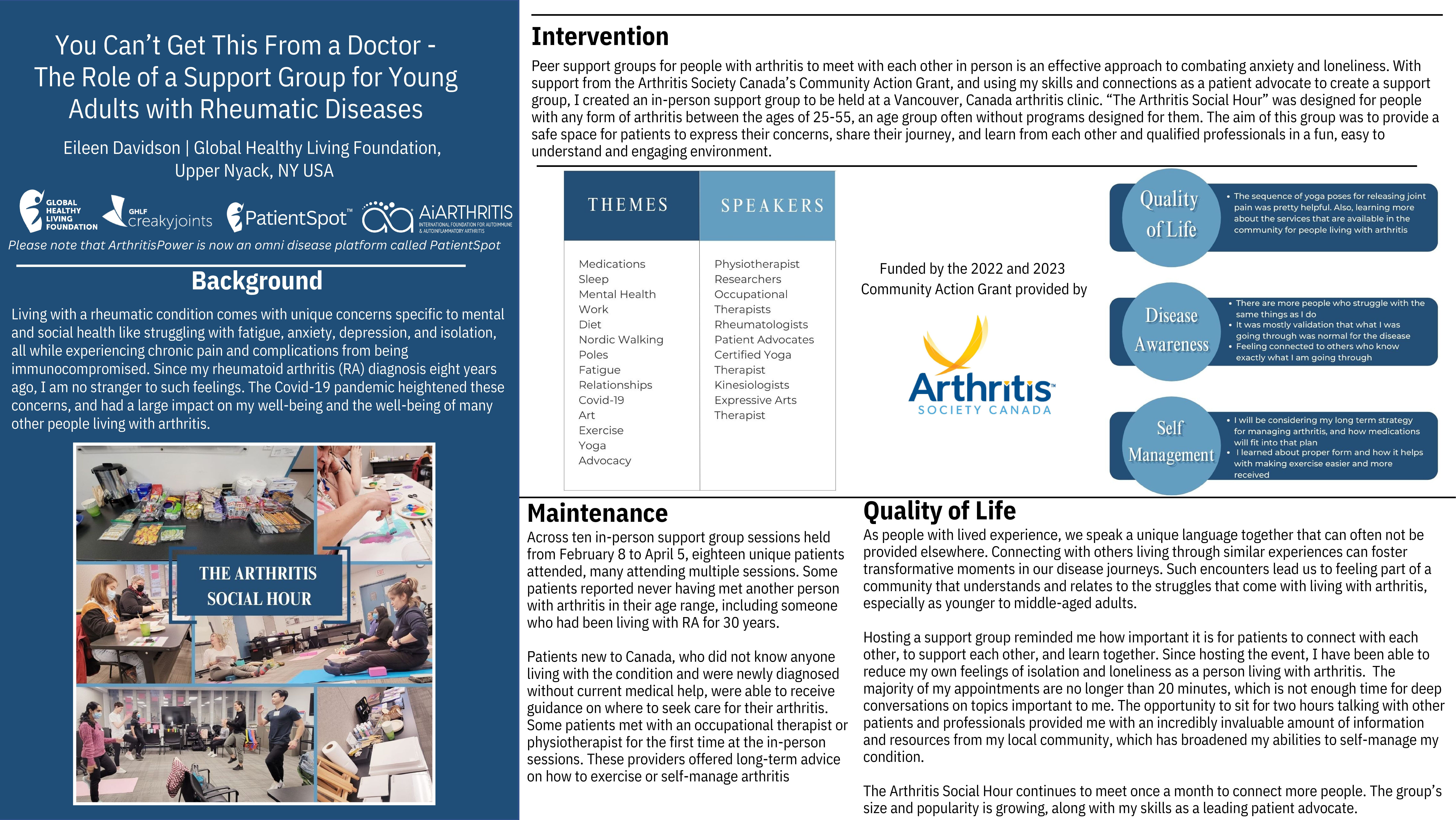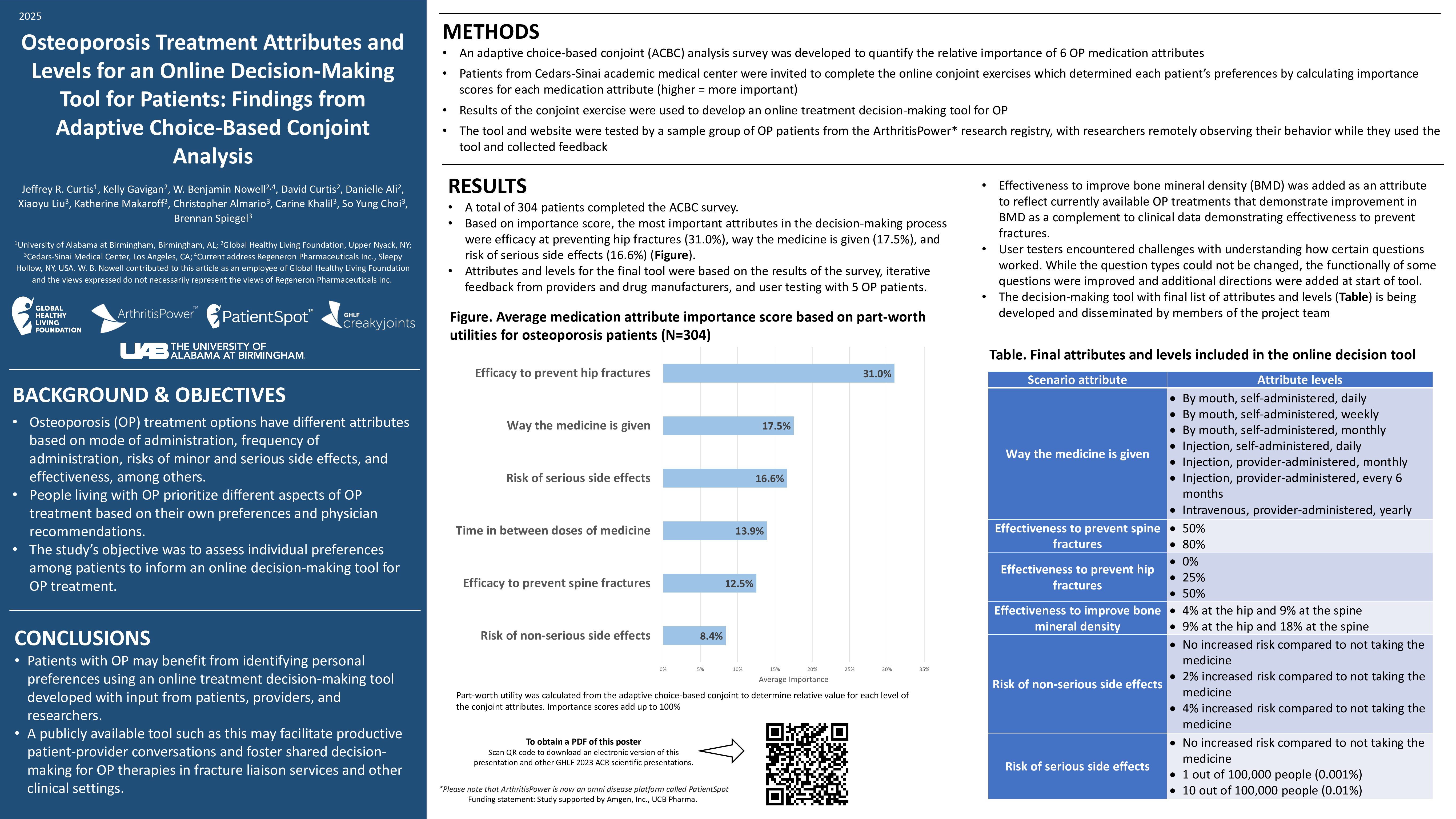Key Takeaways
- Following a telehealth program that included sessions with a physiotherapist and sessions with a dietitian helped people with knee OA improve pain and physical function.
- People who received both exercise and diet coaching did better than those who just got exercise coaching.
- Telehealth sessions may be a useful way to help people with OA lose weight as part of an overall disease management plan.
Knee osteoarthritis (OA) is incredibly common, especially among people who are overweight. Being just 10 pounds overweight might increase the force on your knee by 30 to 60 pounds whenever you take a step. While you’ve likely been told that losing weight and exercising more can help, it’s not always easy to do when you’re in pain and may have concerns about what kind of exercises are safe for you.
Now new research suggests that a telehealth physical therapy-based program might help.
In a new study, published in the Annals of Internal Medicine, researchers from Australia studied 379 knee osteoarthritis patients who were overweight (body mass index of 28-40). The participants were randomly divided into three groups.
- The “exercise” group participated in six video telehealth sessions with a physiotherapist, during which they reviewed the benefits of exercise. They were also given access to exercise equipment.
- The “diet and exercise” group also had six telehealth visits with a physiotherapist, plus they had six sessions with a dietitian who guided them in following a low-carb, low-calorie diet designed to help them lose 10 percent of their body weight.
- The control group did not meet virtually with a physiotherapist or dietitian.
All three groups had access to a website that contained information about osteoarthritis treatment options and the benefits of weight loss and exercise.
Six months later, patients in the “exercise” and “diet and exercise” group all reported less knee pain compared to those in the control group, but those in the “diet and exercise” group seemed to fare best.
The benefits were still apparent when researchers followed up again at the one-year mark.
“Telehealth-delivered exercise and diet programs improved pain and function in people with knee osteoarthritis and overweight or obesity,” the researchers concluded, adding that these telehealth-based interventions “represent potentially scalable and accessible ways for people with knee [OA] to receive core recommended interventions.”
Found This Study Interesting? Get Involved
If you are diagnosed with arthritis or another musculoskeletal condition, we encourage you to participate in future studies by joining CreakyJoints’ patient research registry, ArthritisPower. ArthritisPower is the first-ever patient-led, patient-centered research registry for joint, bone, and inflammatory skin conditions. Learn more and sign up here.
Bennell KL, et al. Comparing Video-Based, Telehealth-Delivered Exercise and Weight Loss Programs With Online Education on Outcomes of Knee Osteoarthritis. Annals of Internal Medicine. November 2021. doi: https://doi.org/10.7326/M21-2388.
Miller J. Telehealth Programs Improve Outcomes in Patients with Knee Osteoarthritis, Obesity. Healio Rheumatology. November 29, 2021. https://www.healio.com/news/primary-care/20211129/telehealth-programs-improve-outcomes-in-patients-with-knee-osteoarthritis-obesity.
Role of Body Weight in Osteoarthritis. Johns Hopkins Arthritis Center. https://www.hopkinsarthritis.org/patient-corner/disease-management/role-of-body-weight-in-osteoarthritis.












